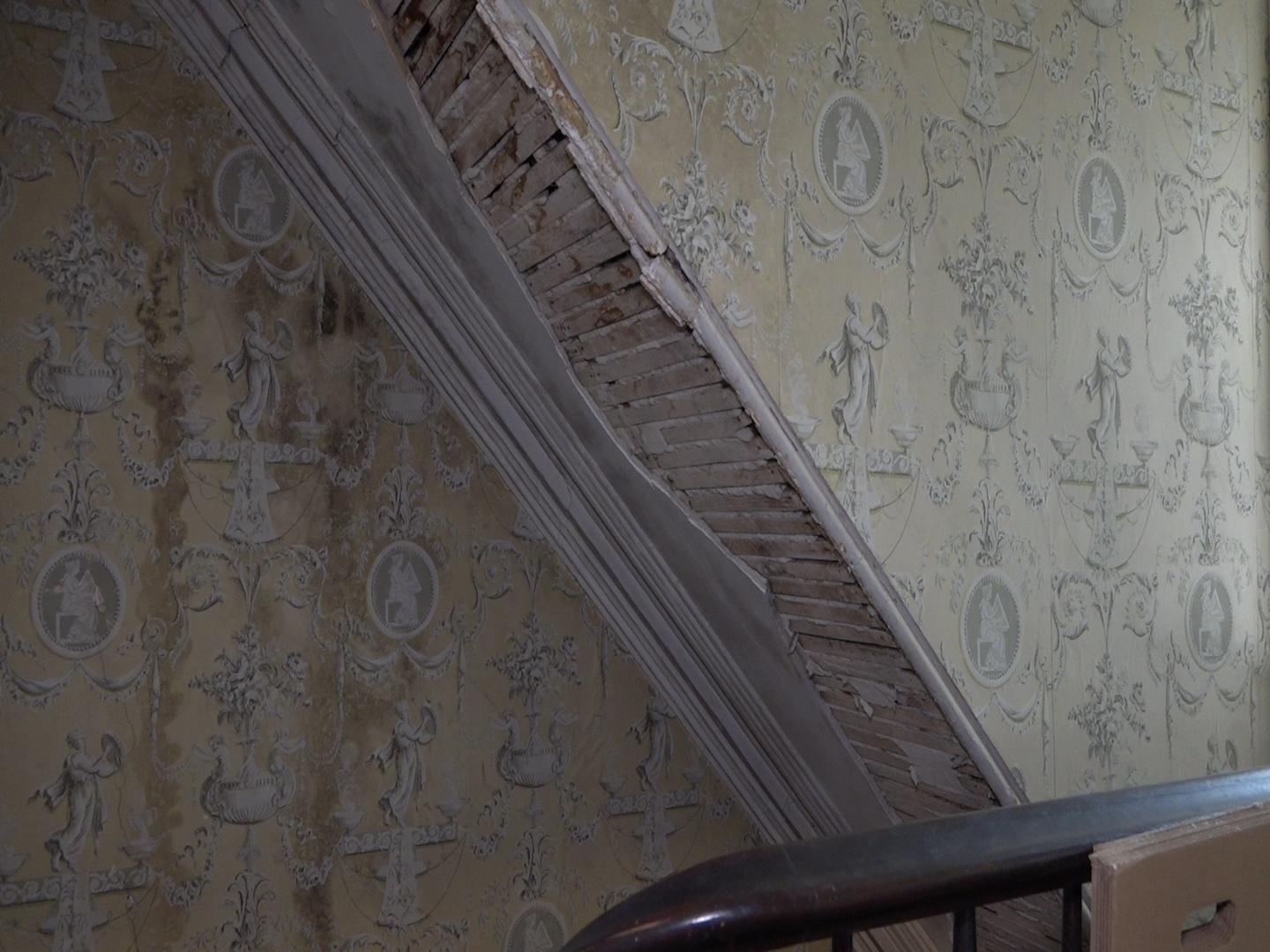STANHOPE, NJ - “There are times when I would walk down the road and look at all of the repairs and the restoration that needed to be made and think how are we going to accomplish this?”
It’s one of New Jersey’s most popular field trip destinations. But Waterloo Village in Stanhope is in dire need of a makeover, and now it’s finally getting the boost the dilapidated village needs. For Andrea Proctor who jump started Waterloo’s now thriving educational programming, it’s her life’s work and passion being overhauled.
Andrea Proctor explains that “the state of Waterloo is varied. Some buildings are just in need of simple preservation, some are really ready to be restored completely and some we will come up with a new use for; an adaptive reuse of buildings that either have been added on to or changed so much over the last century. Maybe they’re not integral to telling the part of the story so some buildings will be opened for museum and interpretation use, some won’t.”
The historic site in Sussex County is getting three million dollars to rehabilitate three Morris Canal related buildings on the Waterloo Village site. And they have the Department of Environmental Protection’s Division of Parks and Forestry to thank for it. Each year, students flood Waterloo Village to learn about the Munsee (Lenape) Indians and their use of its rich natural resources, abundant landscapes and waterways. More than 13,000 students, teachers and chaperones visit the property annually to learn about the importance of the Morris Canal village.
During peak seasons, 300 students come here every day. But the site needs work. And the NJ DEP has already spent more than 2 million dollars on restoration since 2007.Earlier this month, the state’s DEP announced it would use a three million dollar grant to renovate three of the village’s buildings along the 105-mile long Morris Canal that ferried coal and ore between Pennsylvania and New Jersey’s northern industrial towns.. At the Seymour Smith house specific architectural elements need to be overhauled and features on the building’s exterior will be renovated to show how members of the Smith family settled and oversaw the once-thriving canal village. Room restorations on the first and second floors also are planned.
Over at the village’s Tenant House, restorations on the building’s exteriors are much needed, while lower and middle floors must be stabilized. Inside this building, visitors learn about the living conditions of the working class and laborers who would have rented an apartment in the two-family residence.
Meanwhile at the Waterloo Hotel and Tavern, restorations on the first floor and hallways in one of the village’s oldest buildings will be tackled. Several second floor rooms must be addressed to show visitors what the canal village offered travelers for overnight accommodations and board, as well as the living quarters of the hotel-tavern keeper and his family.
Proctor, Waterloo’s Resource Interpretive Specialist, says it’s New Jersey’s rich history that’s on the line if these needs aren’t met. “We hear quite often from school kids that this is the best field trip they’ve ever been on and that is something that motivates us over and over again to keep improving the programs, making them more hands-on, making them more relevant to the students, to the time period, being able to connect with them on their level and get them interested in history. Ultimately, they will become stewards of these historic sites in the future. So that’s our goal; in addition to education, to see them want to protect, basically our nation’s past.”
These three buildings are not currently open to the public so visitors won’t be impacted too heavily. But once complete, officials hope they will encourage more people to visit and the state to invest more in national parks.
Waterloo Village
by
Published on
• Last modified on
•
Comments

A multi-million dollar grant will renovate a New Jersey landmark.
Credit


